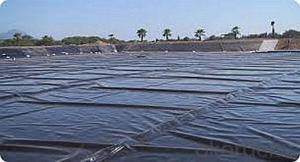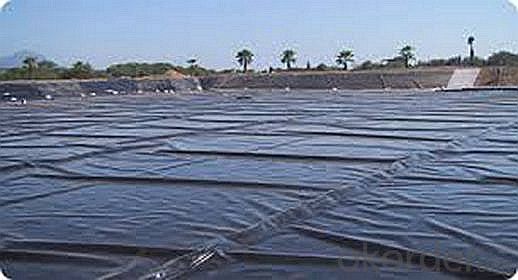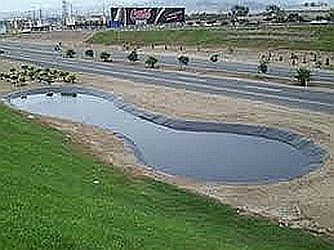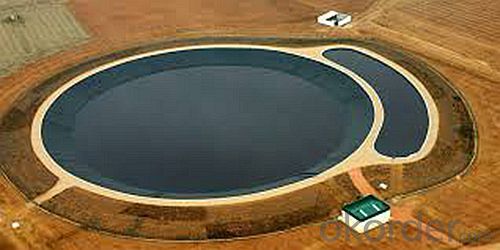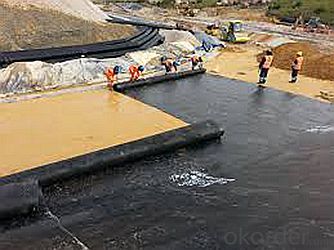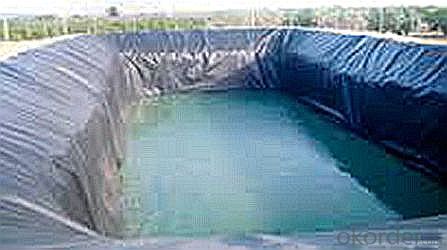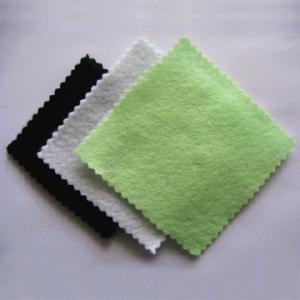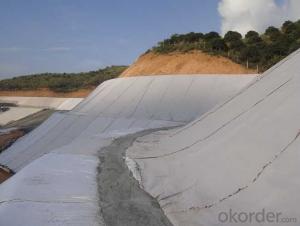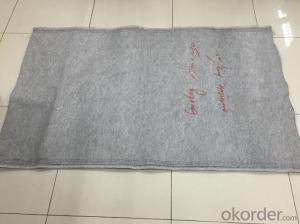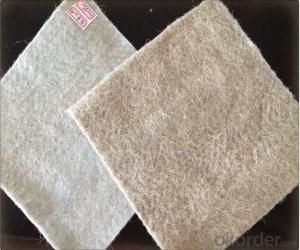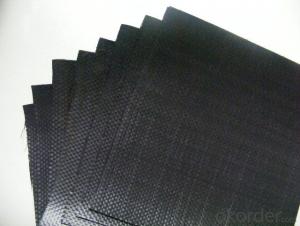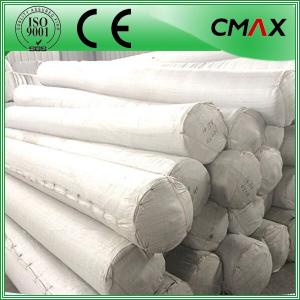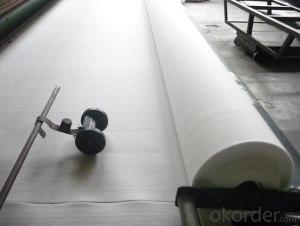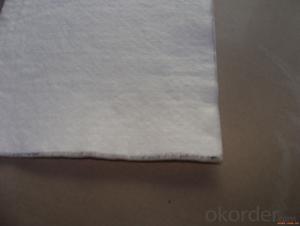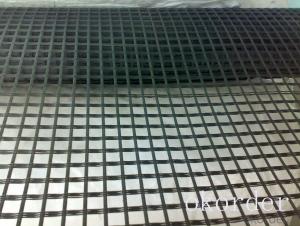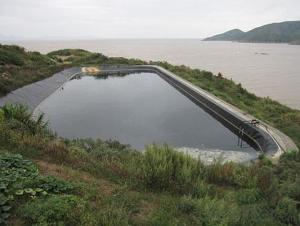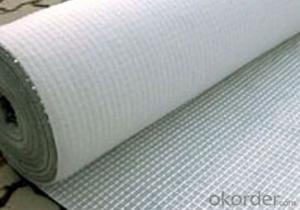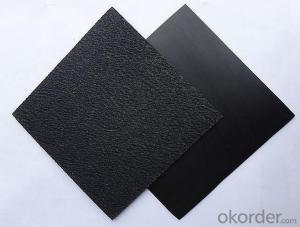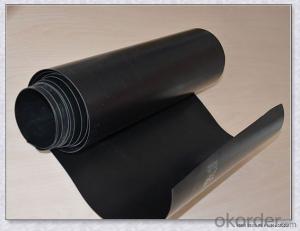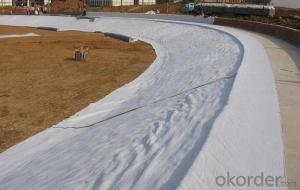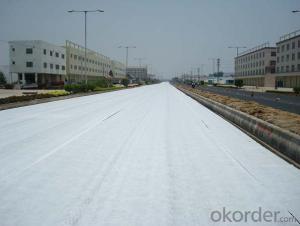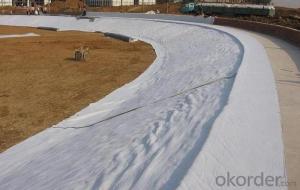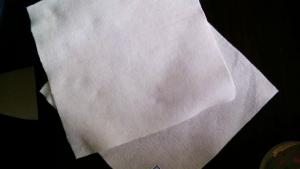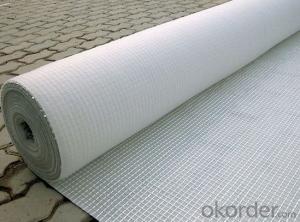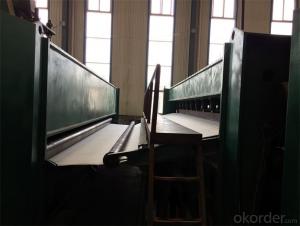High Quality Geotextile Grid Geomembrane for the Agriculture Industry
- Loading Port:
- China main port
- Payment Terms:
- TT OR LC
- Min Order Qty:
- 1000 m²
- Supply Capability:
- 1000000 m²/month
OKorder Service Pledge
OKorder Financial Service
You Might Also Like
Specification
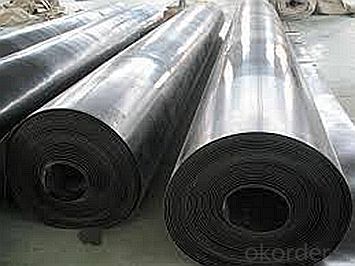
Specification:
Length:50m or 100m per roll
Width:2-7.5 meter
Thickness:0.2mm,0.25mm,0.5mm,0.75mm,1.0mm,1.25mm,1.5mm,2.0mm.etc
Color:Black or white or blue or as per your request
Features
?Easy process and high output rates
?Excellent distribution of carbon black
?Consistent quality and low failure rate
?Excellent resistance and good waterproof ability
?Good welding
Our Service
Quality assurance
1.On a regular basis or as per your request,we entrust national testing agencies to conduct quality inspections
2. Strictly in accordance with the ISO9001-2008 international quality system standard,we monitor and manage the whole process throughout production,quality testing,and measurement to ensure product quality
3. For quality-related construction delay or substandard construction(except for damage or losses due to customer’s responsibility or irresistible natural disasters),we have refunding,replacement,and repair services.We will respond to customers’ feedbacks on quality issues within 24 hours.
FAQ:
Q: What kind of payments does jenor support?
A: T/T, L/C, Cash are accepted.
Q: Do you charge for the samples?
A: Accordeing to our company policy, the samples are free, we only charge the freight fee. And we will return the freight fee during the next order.
Q: Can you produce according to customers' design?
A: Sure, we are professional manufacturer, OEM and ODM are both welcome.
Q: Do you have other products?
A: Yes, please check the pictures:
Packaging & Shipping
Packing: PLASTIC FILM INSIDE, AND WOVEN BAG OUTSIDE
Shipping: About 15 days after receipt the deposit
- Q: Are geotextiles commonly used in civil engineering projects?
- Yes, geotextiles are commonly used in civil engineering projects. They are versatile materials that are used for various purposes such as erosion control, soil stabilization, filtration, and drainage. Geotextiles provide reinforcement and protection to structures, enhance the performance of soils, and help in the construction and maintenance of infrastructure projects like roads, railways, embankments, and retaining walls.
- Q: What are the regulations for geotextiles in construction projects?
- The regulations for geotextiles in construction projects vary depending on the country and specific project requirements. However, in general, geotextiles used in construction projects must meet certain standards and guidelines to ensure their quality and performance. These may include specifications for the physical properties, such as strength and durability, as well as requirements for permeability and filtration. Additionally, some regulatory bodies may have specific testing and certification processes that geotextiles must undergo before they can be used in construction projects. It is important for project managers and engineers to consult local building codes and regulations to ensure compliance with the specific requirements in their region.
- Q: Production of geomembrane equipment which are such as the production of geotextile need to press machine, open charter, carding machine, etc.
- Mixing machine, screw extruder, heating die, circulating fan, traction machine, into a roll machine.
- Q: What are the considerations for geotextile selection in mining operations?
- When selecting geotextiles for mining operations, several key considerations should be taken into account. These include the specific requirements of the mining site, such as the type of minerals being mined and the environmental conditions present. The geotextile's strength and durability are crucial factors, as it needs to withstand the heavy loads and harsh conditions associated with mining activities. Additionally, the geotextile's filtration properties and permeability should be assessed, as they play a vital role in controlling water flow and preventing soil erosion. Compatibility with other materials and the cost-effectiveness of the geotextile should also be considered during the selection process. Overall, choosing the right geotextile for mining operations requires a comprehensive evaluation of the site's unique characteristics and performance requirements.
- Q: Geotextile what are the specifications of the ah?
- Geotextile is first divided into short wire geotextile and filament geotextile. Their specifications generally according to the weight to count, small equipment, geotextiles are mostly between 80g-380g, and now some mature domestic enterprises generally can do between 100g-1500g short wire and filament geotextile. How many grams of this can be customized between. It should be noted that the same specifications of the short wire geotextile price than the filament geotextile to 30% cheaper, but the technical strength index than the long geotextile cloth nearly 50%.
- Q: Can geotextiles be used in mining reclamation projects?
- Yes, geotextiles can be used in mining reclamation projects. Geotextiles are commonly used in mining reclamation to control erosion, stabilize slopes, and promote vegetation growth. They can also help in containing and filtering pollutants from mining sites, preventing soil and water contamination.
- Q: How do geotextiles help with erosion control in coastal dunes?
- Geotextiles help with erosion control in coastal dunes by providing a protective barrier against wind and water erosion. They are placed on the dune surface to stabilize the sand, preventing it from being washed away or blown by strong coastal winds. The geotextiles allow water to pass through while retaining the sand, thereby reducing erosion and maintaining the integrity of the dune system.
- Q: What are the different geotextile specifications and standards?
- There are several different geotextile specifications and standards that are commonly used in the industry. Some of the most widely recognized specifications include ASTM D35, ISO 10318, and EN 13249. These standards outline various requirements for geotextiles, such as strength, permeability, and durability. Additionally, there are specific specifications for different applications, such as road construction, erosion control, and drainage systems. It is important to adhere to these specifications to ensure the proper performance and functionality of geotextile materials in various engineering projects.
- Q: What are the different geotextile installation techniques in filtration?
- Some of the different geotextile installation techniques in filtration include direct placement, trench installation, and wrapping. Direct placement involves placing the geotextile directly on the soil surface, while trench installation involves burying the geotextile in a trench or cut. Wrapping technique involves wrapping the geotextile around a structure or pipe to provide filtration. These techniques are used to enhance filtration and prevent soil erosion in various construction and environmental projects.
Send your message to us
High Quality Geotextile Grid Geomembrane for the Agriculture Industry
- Loading Port:
- China main port
- Payment Terms:
- TT OR LC
- Min Order Qty:
- 1000 m²
- Supply Capability:
- 1000000 m²/month
OKorder Service Pledge
OKorder Financial Service
Similar products
Hot products
Hot Searches
Related keywords
